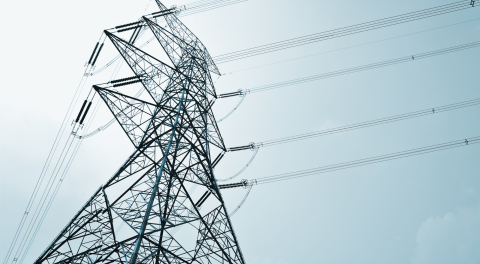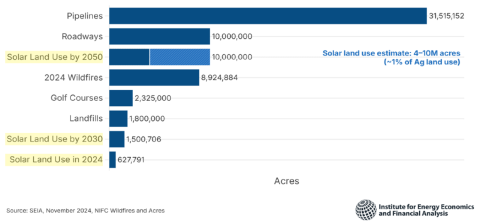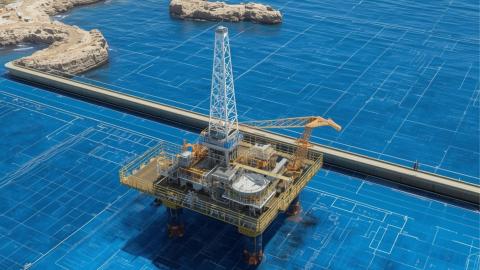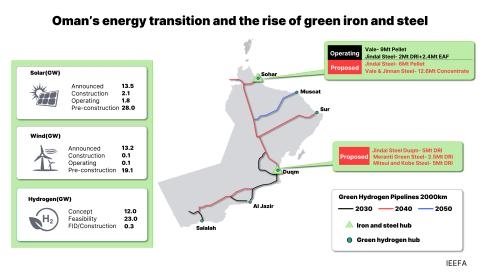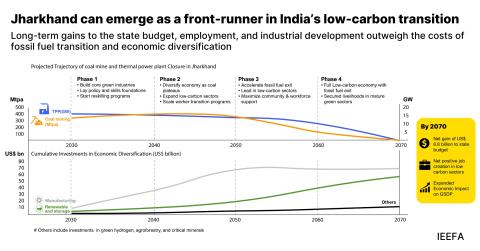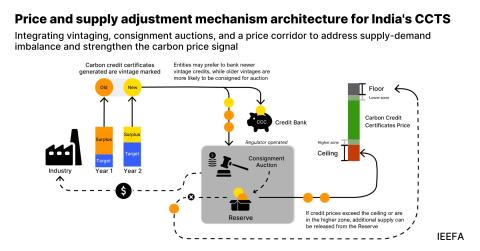The high-risk financing behind the Dakota Access Pipeline
Download Full Report
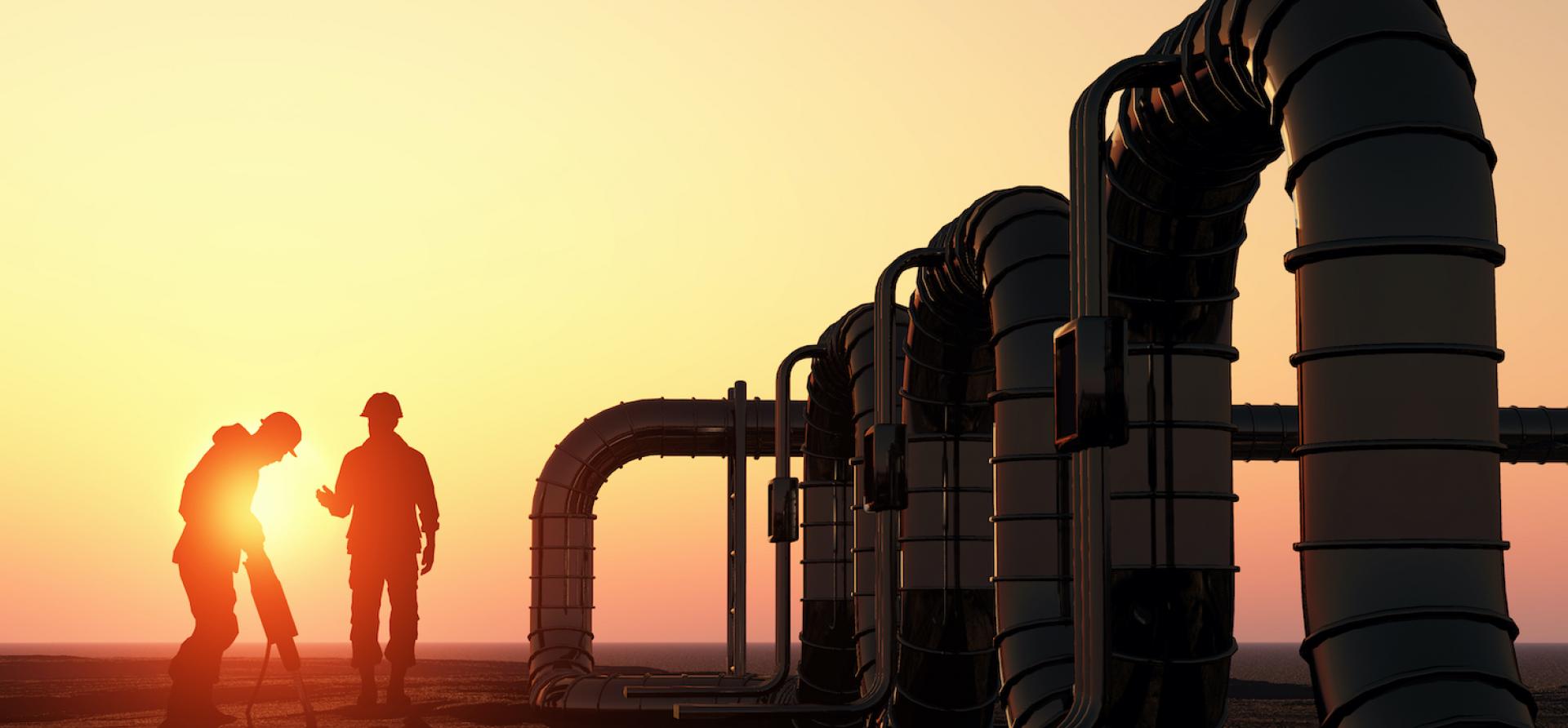
Key Findings
The Dakota Access Pipeline, as proposed, is a 1,172-mile pipeline designed to carry 470,000 to 570,000 barrels of oil per day out of the Bakken shale oil field in western North Dakota to a major oil terminal in Patoka, Ill.
The $3.8 billion project has been the subject of enormous public controversy, raising issues of tribal sovereignty and threats to drinking water at the pipeline’s Missouri River crossing.
ETP, the lead developer of DAPL and the partner with the largest equity stake, has strong financial interests in completing the pipeline.
Executive Summary
Construction of the Dakota Access Pipeline (DAPL) has sparked considerable public controversy, bringing national attention to issues that include tribal sovereignty and risks to drinking water.
Less publicized are the project’s financial weaknesses, and the fact that DAPL may represent a substantial overbuilding of the Bakken region’s oil-transport infrastructure.
DAPL faces a looming financial deadline. The pipeline’s principal backer, Energy Transfer Partners (ETP), has conceded in court proceedings that it has a contractual obligation to complete the project by January 1, 2017. If it misses this deadline, companies that have committed long-term to ship oil through the pipeline at 2014 prices have the right to rescind those commitments—and may well exercise that right.
ETP will most likely miss this deadline. The company recently informed investors that it would take from 90 to 120 days to complete the pipeline after it receives its necessary easement from the Army Corps of Engineers to cross the Missouri River, which would push completion of the pipeline well past Jan. 1.
The broader economic context for the project has changed radically since ETP first proposed it, in 2014. Global oil prices began to collapse just a few months after shippers committed to using DAPL, and market forecasters do not expect prices to regain 2014 levels for at least a decade. As a result, production in the Bakken Shale oil field has fallen for nearly two consecutive years, creating major financial hardships for drillers.
Because the economic prospects for Bakken oil producers have dimmed dramatically since early 2014, oil shippers—in the interest of protecting their investors and shareholders—may attempt to renegotiate terms when ETP misses its Jan. 1 deadline, seeking concessions on contracted volumes, prices, or contract duration.
Moreover, if oil prices remain low, as projected, Bakken oil production will continue to decline, and existing pipeline and refinery capacity in the Bakken will be more than adequate to handle the region’s oil production. If production continues to fall, DAPL could well become a stranded asset—one that was rushed to completion largely to protect favorable contract terms negotiated in 2014.
Please view full report PDF for references and sources.











